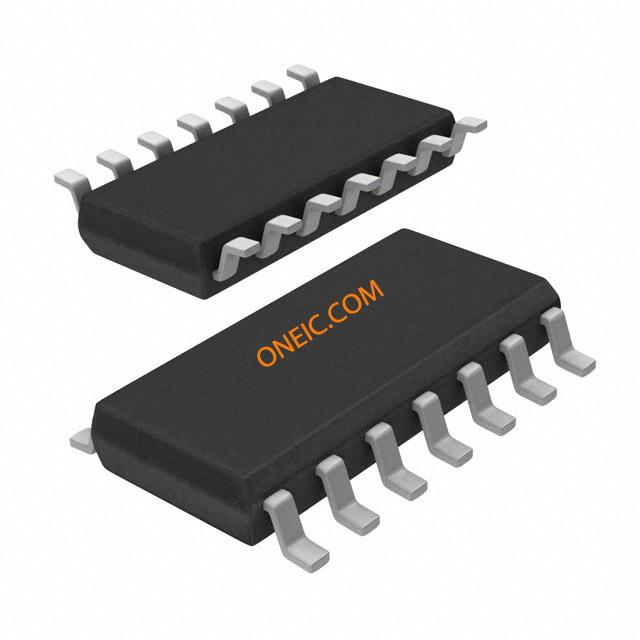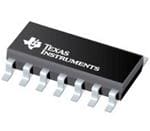TLC2264AQD
Quad general-purpose rail-to-rail operational amplifiers in 14-pin SOIC format
Manufacturer: ['rochester', 'analog-devices', 'ti']
series introduction
# Introduction to the TLC2264AQD Product Series
## Overview
The TLC2264AQD is a remarkable product series within the realm of integrated circuits, specifically operational amplifiers. These devices are designed to meet the diverse and demanding requirements of modern electronic systems, offering a combination of high - performance features, reliability, and versatility.
## Key Features
### Low Input Bias Current
One of the standout features of the TLC2264AQD is its extremely low input bias current. This characteristic is crucial in applications where high impedance sources are involved. For example, in sensor interfaces, where the sensor may have a very high output impedance, a low input bias current ensures that the amplifier does not load the sensor significantly. This, in turn, helps in accurately capturing the weak signals from the sensor without introducing substantial signal distortion.
### Rail - to - Rail Input and Output
The TLC2264AQD supports rail - to - rail input and output operation. This means that the input voltage range can extend from the negative power supply rail to the positive power supply rail, and the output voltage can also swing very close to these rails. In battery - powered applications, where the available voltage range is limited, rail - to - rail operation allows for maximum utilization of the power supply voltage. It enables designers to achieve a wider dynamic range for the signals being processed, enhancing the overall performance of the system.
### Low Noise
Noise is a major concern in many electronic applications, especially those dealing with small - signal amplification. The TLC2264AQD is engineered to have low noise characteristics. This is beneficial in audio applications, such as pre - amplifiers for microphones, where any additional noise introduced by the amplifier can degrade the audio quality. By minimizing noise, the TLC2264AQD ensures that the amplified signal remains clean and faithful to the original input.
### High Slew Rate
The high slew rate of the TLC2264AQD is another significant advantage. Slew rate refers to the maximum rate of change of the output voltage. In applications where fast - changing signals need to be amplified, such as in video signal processing or high - frequency communication systems, a high slew rate ensures that the amplifier can accurately follow the rapid changes in the input signal. This helps in maintaining the integrity of the signal and preventing distortion.
## Applications
### Sensor Signal Conditioning
As mentioned earlier, the low input bias current and rail - to - rail operation make the TLC2264AQD an ideal choice for sensor signal conditioning. It can be used with various types of sensors, including temperature sensors, pressure sensors, and light sensors. The amplifier can amplify the weak signals from the sensors to a level that can be further processed by other components in the system, such as analog - to - digital converters.
### Audio Systems
In audio systems, the low noise and rail - to - rail output capabilities of the TLC2264AQD are highly valuable. It can be used in pre - amplifiers, headphone amplifiers, and audio mixers. The low noise ensures that the audio signal remains clear and free from unwanted artifacts, while the rail - to - rail output allows for maximum power delivery to the speakers or headphones, resulting in a more immersive audio experience.
### Portable and Battery - Powered Devices
The TLC2264AQD's low power consumption and rail - to - rail operation make it well - suited for portable and battery - powered devices. In devices such as smartphones, tablets, and wearable devices, where power efficiency is of utmost importance, the amplifier can operate effectively with a limited power supply. Its ability to work with a wide range of power supply voltages also provides flexibility in system design.
## Package and Compatibility
The TLC2264AQD is available in a specific package that is designed for easy integration into printed circuit
Images for reference

14-SOIC

14-TSSOPa

Image Preview